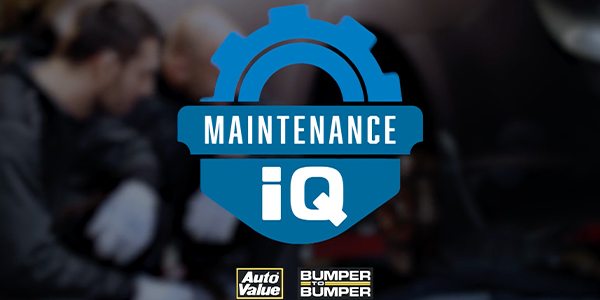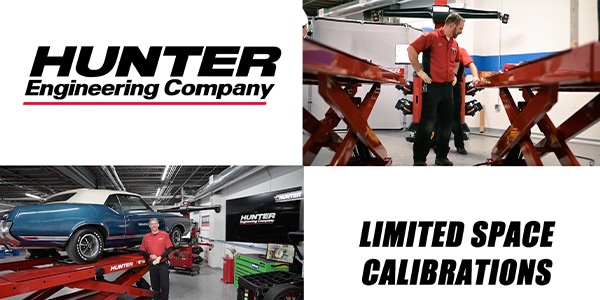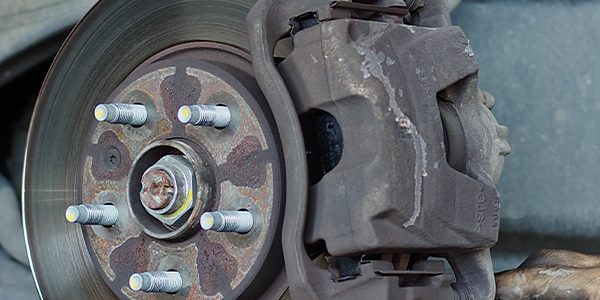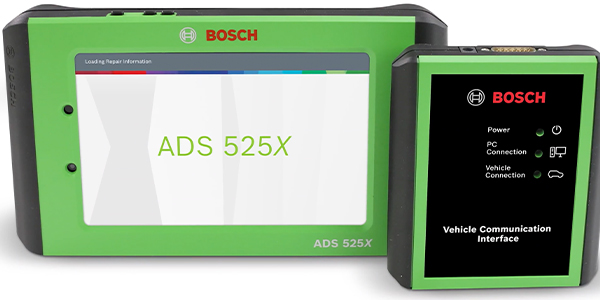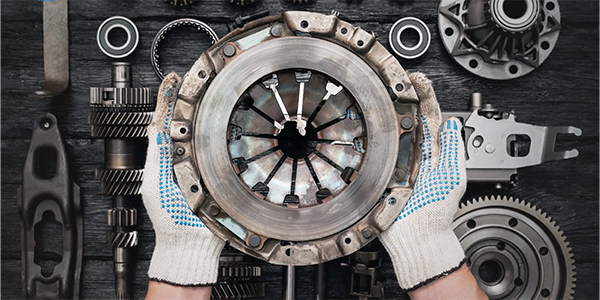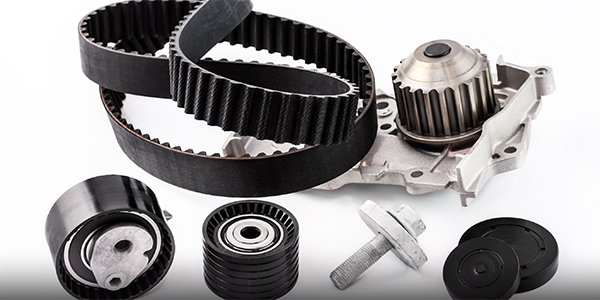Tell me if this sounds familiar: A customer brings their vehicle into your shop with complaints of a noise over bumps. You inspect the suspension and find that one of the struts is worn out and needs to be replaced. You quote replacing both struts and an alignment. The customer sees the quote and immediately asks “well, can’t we just replace the one that’s bad?” This sort of pushback is common, especially if your customer is working with a tight budget. It’s our job as techs to educate them on why it’s always best to replace ride control parts in pairs.
It’s safe to say that most customers probably don’t understand how important ride control components are to vehicle safety. Or, maybe more importantly, how other systems can be affected by worn out ride control parts. Tires can wear out prematurely because suspension geometry is not being maintained over bumpy roads or going around curves. If a bushing is torn, the strut mount is damaged, or the bearing is worn out, the customer may hear a knocking or clunking noise coming from the front end.
GSP always recommends performing the GSP corner check. Visually inspect all parts and related systems for damage or wear. You cannot install a perfectly good part into an imperfect system. And don’t forget to check the ride height on each corner as well. A worn out spring can begin to sag, lowering one corner of the vehicle and accelerating the wear on other ride control components.
If you’ve found a ride control component like a spring or a strut which needs replacement, there’s a very good chance that the spring or strut on the other side of the vehicle is just as worn or following close behind. Maybe the seals have worn out and started to leak, or maybe the springs have fatigued or have broken. The bottom line is that those parts were probably installed at the same time, so they should be replaced together as well. Doing this will ensure that the suspension is able to handle whatever conditions it may face down the road.
This video is sponsored by GSP North America.


